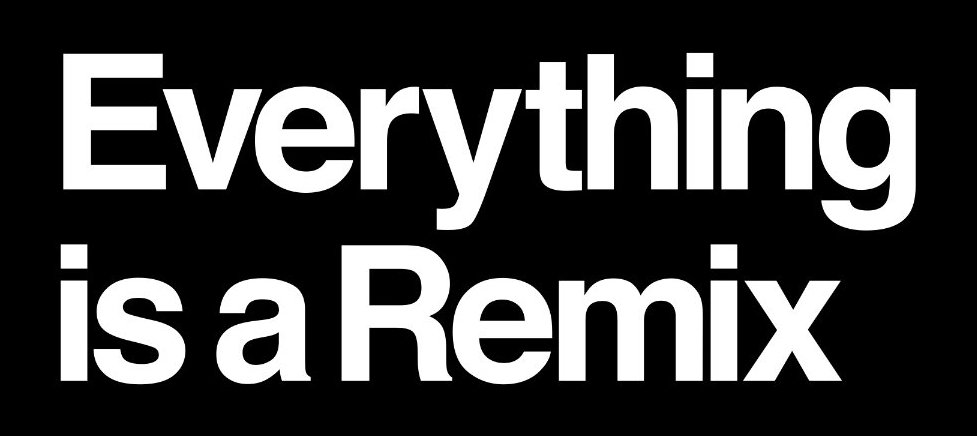Is Obsidian overhyped for creative work?
Obsidian has become the dominant note-taking application and attracted a fanbase so devoted it verges on a cult.
But anybody who’s tried Obsidian knows it has plenty of issues.
It’s not especially user-friendly and can be overwhelming.
It’s limited in weird ways.
Its mobile app isn’t very good.
It lacks collaboration features.
These issues prevent many from getting into Obsidian. And yet, I use Obsidian for notes and writing and I wholeheartedly recommend it. Obsidian deserves its cult. Why?
Obsidian knows your notes are gold
Your notes and writing are among the most precious documents you will create. You must never lose access to them and they need to be future-proof.
Obsidian gets this. Obsidian has no proprietary file format. It creates generic text files that are formatted using a simple text-based system called markdown. You can open these files with any of the countless applications that read markdown. So if Obsidian stops being developed or you stop liking it, no problem, you can easily switch to something else.
Also, my entire vault of notes is 35 megabytes. It’s quick and easy to upload it wherever. You can back it up on a flash drive or even on the free storage plan of DropBox, Google Drive, and so on.
Markdown is worth the small learning curve
Markdown text formatting makes your notes safe but it’s also part of Obsidian’s awkwardness. Markdown uses symbols like asterisks and hashtags to format text. For instance, italics are done with a pair of *asterisks*. So your documents get sprinkled with asterisks, hashtags, and more. We’re all accustomed to just seeing bold or italic or bullet points and not dealing with symbols.
Also, markdown formatting is very limited, so basic things like creating tables is clunky.
But markdown is worth its small learning curve.
Once you get used to it, markdown is fast and easy to type.
Markdown works in countless other places, like Notion, Trello, Asana, Slack, Discord, and Github.
Again, you will never lose access to your files and you can seamlessly open them in many applications.
Obsidian is a flexible way to think
I have abandoned folders and now arrange notes in a more flexible way. I structure my notes like a simple website and make regular use of the search function.
The basics of my note-taking and writing process are this.
1) Got a new idea? I drop it in a note called Inbox.
2) I break out the best ideas into new notes.
3) I create a list of links to related notes. For instance, for my recent The Remix Method course, the page I began with looked like this, like a mini-homepage.
The Remix Method Video Course
* Inbox
* How to get ideas
* Scheduling your days
* What is inspiration?
4) I then add text on this homepage as needed. So it might look something like this.
The Remix Method Video Course
Keep tone throughout light, fun and playful.
Each chapter should be less than 10 minutes.
* Inbox
* How to get ideas < SHORTEN
* Scheduling your days - combine this with Obey your body
* What is inspiration? < FOCUSPotential Additions
* Why we lose it
* Make a mess
Over time, what began as sketchy notes grows into a series of complete scripts.
Obsidian is not complicated if you don’t want it to be
A lot of Obsidian’s fans like to have elaborate, highly customized note systems. But Obsidian doesn’t need to be complicated. I use Obsidian in a very simple way.
I create notes
I arrange them
I link them
I search for past notes
You can make a great note system with just these basics. Anybody can do this. All it takes is just a little bit of practice and a little bit of patience.
What is powerful and profound about keeping notes is that after it gets rolling, it works for you. It is generative. It becomes almost like a collaborator. Your notes will do way more for you than ChatGPT.

